wozwald
The PV follows Winnie Schrader and Oz as they go around Wozwald, an amusement park (likely inspired by Disneyland). Wozwald was founded by Atie Schrader on December 5th 1932, who then died 11 years later in 1943 as seen in a few shots where a funeral and a hospital bed can be seen.
Here is a compilation of the flashes of texts at the beginning, some written in braille code, a tactile writing system used by people who are visually impaired:
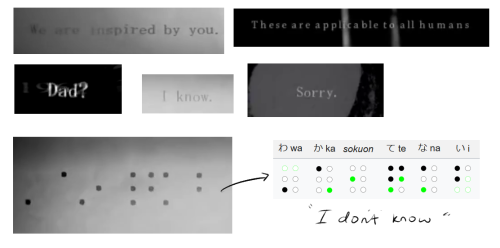
“These are applicable to all humans.” the tagline of this video, as commented by Niru Kajitsu himself.
“We are inspired by you!”
“I know. I know. I know.”
“I don’t know.”
“Dad?”
“Sorry.”
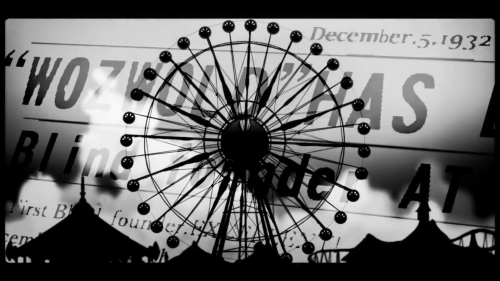
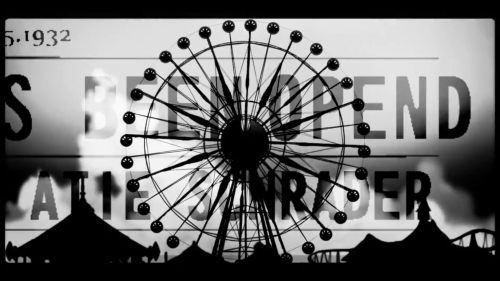
It follows with a newspaper headline that says WOZWALD HAS BEEN OPENED First Blind Founder ATIE SCHRADER. From this and the fact that there was braille, we can conclude that Atie Schrader is blind, which we can also see from the colour of his white eyes. It can be assumed that Atie Schrader is the father of Winnie Schrader, as they both share last names, and the flashing texts in the PV that say "Dad?” along with the shots of them seen as a father and son. This means Atie has left his inheritance, including the amusement park to Winnie after he died.
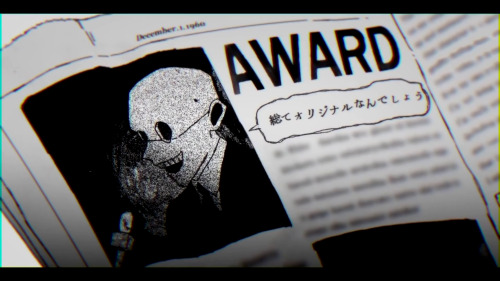
Judging by the newspaper Winnie reads with the current date 1960, it seems that Wozwald (or Winnie himself) has received an award, which means that the amusement park is still running.
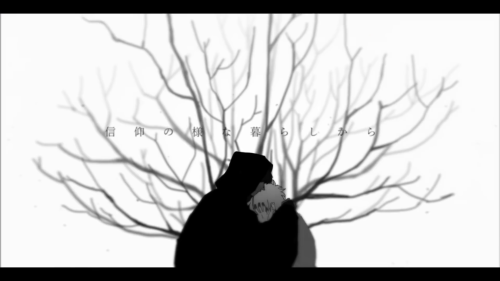
Throughout the PV, Winnie seems to be suffering from suicidal and depressive thoughts, resorting to drugs that cause him to hallucinate. These “drugs” are given to him by the Fruits Maker. The fruits in this video seems to not only symbolize “drugs” but similar to the forbidden fruit in Adam and Eve, represents a forbidden sort of “happiness.” Winnie’s hallucinations are often about his deceased father, Atie, who is a figure that comforts him.
The song progresses with Winnie’s downfall into the use of “fruits”. He’s seen going to a bar located inside Wozwald called “Dreams” where all the fruit-dealing (happiness) happens. Note that Disneyland’s tagline is “The Happiest Place On Earth”.
Kalmia is also seen at the bar, where it is hinted that she is a sex worker.
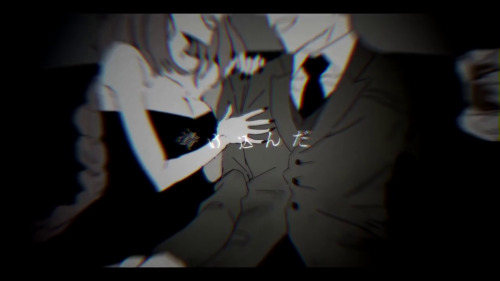
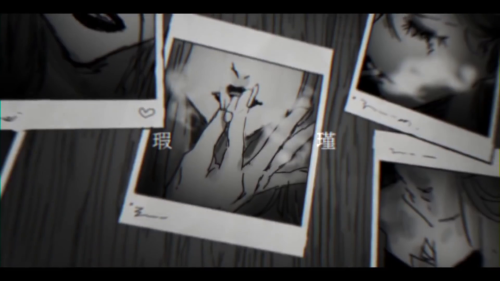
Note that this story takes place several years before Shama, as confirmed by Niru Kajitsu and WOOMA on their livestream. The ‘24′ written next to Kalmia’s name on the character sheets might suggest her age at the time of Wozwald.
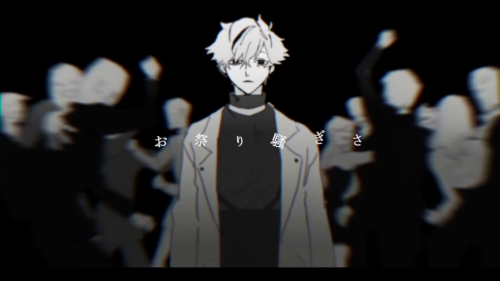
Winnie is aware that the people at the bar and their “happiness” is seen as something corrupt. However he has become so used to this sort of “happiness” that he sees it as nothing more than a “polluted tea party”. Winnie meets again with The Fruits Maker, and buys more fruits from him.
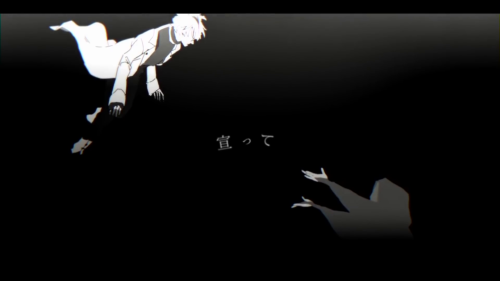
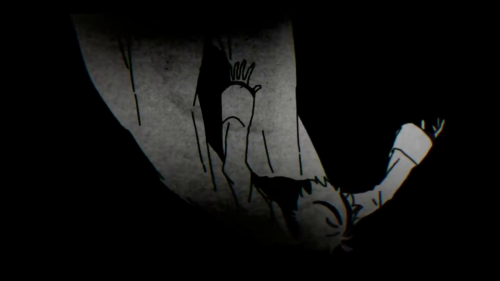
As Winnie is falling, Atie tries to catch him but fails, instead Winnie falls to the ground since Atie is not real. He is dead.
After what seems to be Winnie experiencing a traumatic flashback induced by Oz, he is beckoned to “come here” by Atie and experiences a mental breakdown. At the end, Winnie is seen in the afterlife, wearing a hoodie just like Atie. As he bites into the apple, achieving “happiness”, the PV ends with a scene revealing that he’s committed suicide.
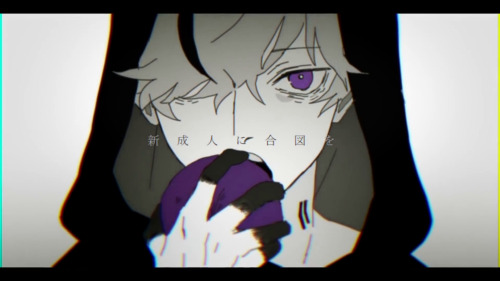
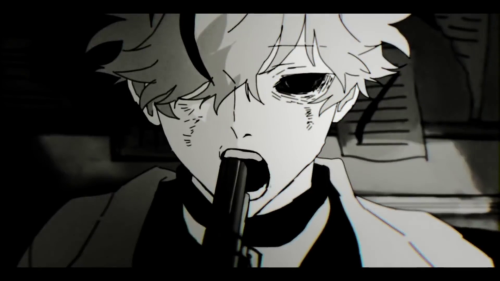
Oz → Oswald The Lucky Rabbit
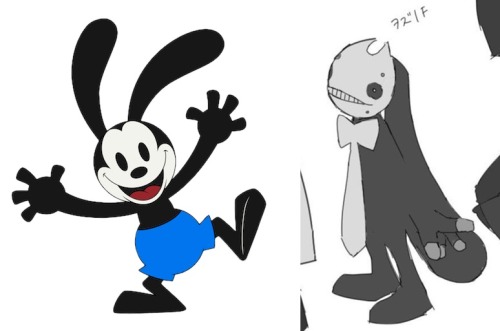
Before the iconic Mickey Mouse was created, there was Oswald The Lucky Rabbit. Oswald faded from popularity after Walt Disney lost the rights to own him to Universal Studios. Later, Walt Disney created Mickey Mouse in an attempt to replace Oswald and has become the beloved cartoon character he is today, leaving Oswald forgotten to history.
Oz might be symbolic for the suicidal thoughts that bother Winnie and is what drives him to consume drugs and later commit suicide. The Disney series “Epic Mickey” has “metafiction plot that parallels Oswald’s real-world history, dealing with the character’s feelings of abandonment by Disney, and envy towards Mickey Mouse.” If we are to assume Oz is Oswald, and Winnie is Mickey Mouse, then Oz could be an entity that holds a grudge against Winnie, who stole the spotlight and fame that he deserved.This is why Oz wants Winnie dead and is trying to get him to kill himself throughout the video.
This sprouts another theory: That Oz’s mascot form is just a symbolic representation. Oz was actually a real human who died and is now a ghost haunting Winnie. In Disney media, Oswald and Mickey mouse are depicted as half brothers, with Walt Disney as their father figure.
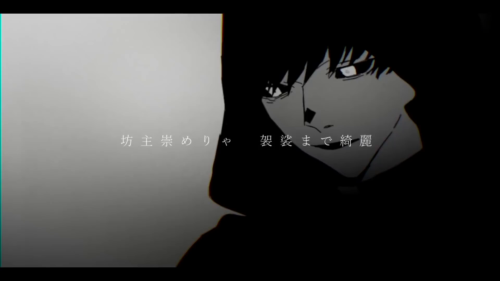
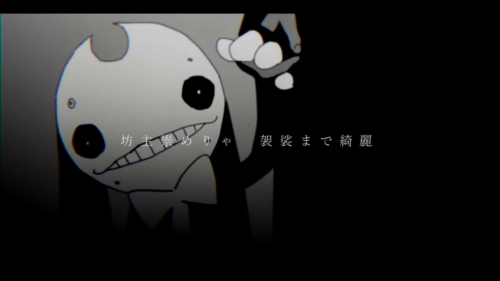
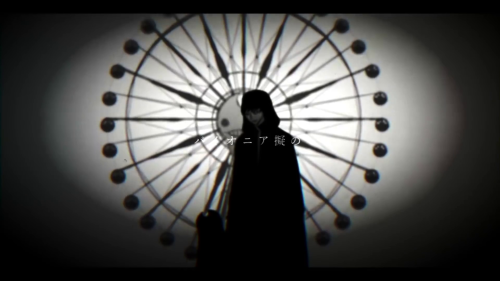
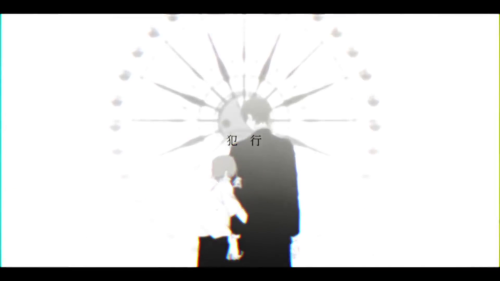
Atie is seen holding hands with Oz, but it then is replaced with another boy, likely Winnie. It’s possible that Atie actually had two sons and that Oz and Winnie were brothers, but Oz died and was forgotten somewhere along history, much like Oswald the Lucky Rabbit and Mickey Mouse.
Another interesting thing to note is that WOOMA wrote “IF” next to Oz’s name. The word “if” in Japan is often used in the sense of an “AU”, as in “What If”.
If we are going with the human theory, it’s possible that Winnie is not actually Atie’s biological son but is actually adopted. Walt Disney had two daughters, one of which was adopted. This emphasizes the fact that Winnie is the “fake” and that Oz is the real “son”.
When Winnie is watching the TV, there seems to be a public dispute of some sorts. According to the storyboard of the PV posted by WOOMA on her , the scene is written as “fighting over ownership”. Oswald The Lucky Rabbit faced many legal rights issues in his history. A man named Charles Mintz took the rights of Oswald and claimed Oswald as an official Universal Studios character, thus taking him away from Disney.
Additionally, the wingdings that are seen on the TV say “steal, anger, thought”.
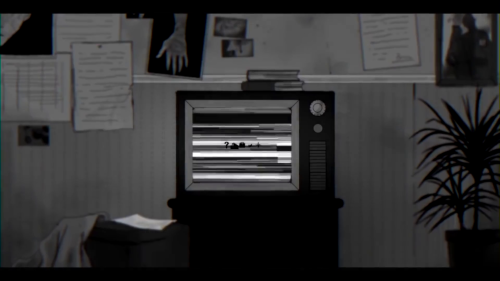
僕無しで ああ息をして また偽りのイメージで媚び売んの
Living, without me in the picture, you delight everyone with your fake image.
This line is most likely directed at Winnie, who is the “Mickey Mouse” replacing him.
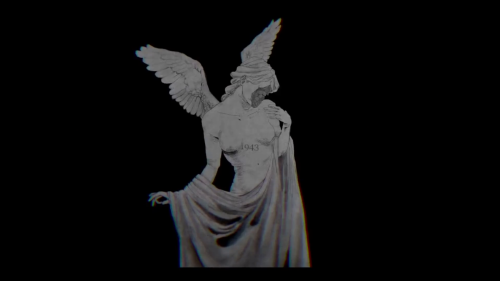
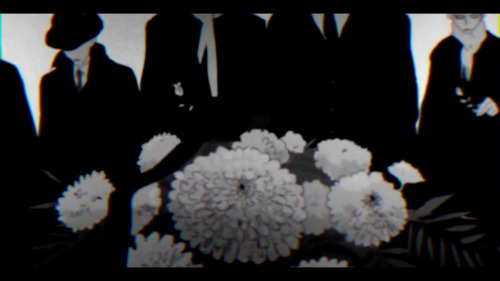
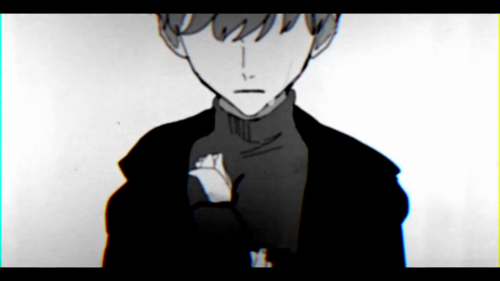
1943. A funeral. Possibly Atie’s funeral. A young boy with black hair is crying. One would think this to be a young Winnie with black hair, but it could actually be someone else, likely human Oz. Also, notice how his fingers aren’t black like Winnie’s fingers are.
Another theory is that this boy is neither Oz or Winnie, but actually a young Atie. The funeral symbolized the death of the “child inside him”, along with his imagination, happiness, and also Oz. It should be noted that 1943 is the year Oswald the Lucky Rabbit’s screen career ended and was the year they stopped making cartoons of him, hence 1943 can be considered the year Oswald died.
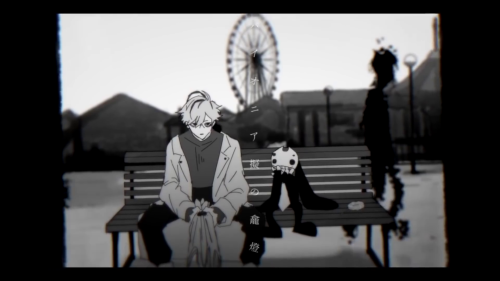
At 1:15, there is a floating shadow of a person seen next to Winnie and Oz. Could that be the ghost of human Oz?
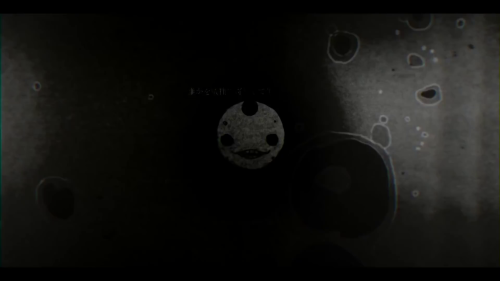
During 3:16 Oz can be seen talking with a distorted voice, the barely visible text reads and translates to "Sacrificing someone else to live off of them like a parasite. How shameful.” which most likely is directed at Winnie. Again, this further reinforces the Oswald-Mickey theory.
At the part where Winnie is dying, a person with black hair can be seen.
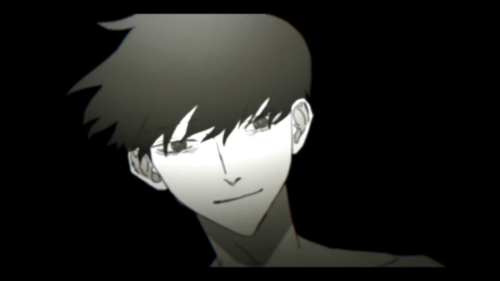
One would think this is Atie, however they have different coloured eyes. Atie is blind and has white eyes. This person has black eyes. It’s a possibility that this is actually the human form of Oz. Note that he also bears similarity to the boy crying in the funeral, who also might’ve been Oz.
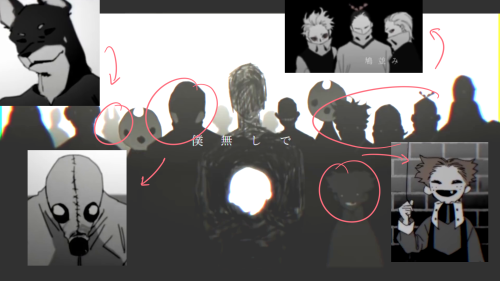
In Epic Mickey, “The Wasteland” is a world where cartoon characters go to when they are retired, rejected or forgotten, and is based on Walt Disney Parks and Resorts. Oswald is the ruler of The Wasteland. It’s worth noting that all the characters in the bar (except Kalmia, since she is still alive as confirmed in Shama) are seen in the Afterlife at the end of the PV, meaning that they have also “died” and achieved “happiness”.
Another theory is that everyone in Wozwald’s narrative are actually mascots, like Oz, but take the anthropomorphic form like Winnie as a form of their self consciousness, in other words Winnie and everyone else are human personifications of mascot characters in the amusement park. This would explain why all of them have inhuman features. This would also mean that everyone in the PV (except again, Kalmia) aren’t real humans and are only characters created by Atie Schrader. But that’s a different theory.
Although Oz’s name is written as “Woz” in the character sheet, Niru Kajitsu and WOOMA write their name as “Oz” and pronounce it that way in the livestream, though it should be noted that ヲ (Wo) and オ (O) can be pronounced the same way in Japanese. A thought that I’ve had is that the ヲ (Wo) in ヲズワルド (Wozwald) is added because Winnie is a “fake” オズワルド (Oswald), indicating that he is not the original.
Winnie Schrader → Mickey Mouse
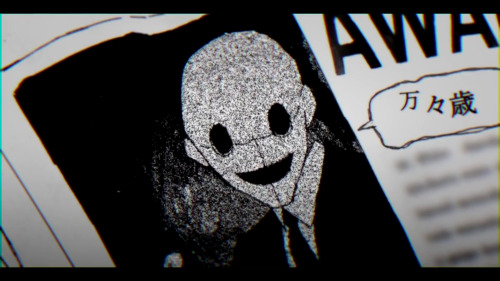
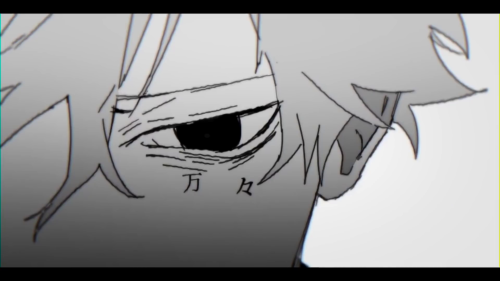
誰彼誰だったっけ
少し褒められ慣れたよう
曰く先に名乗りさえすりゃあもう
総てオリジナルなんでしょう 万々歳
That guy- what’s his name again?
It seems like he’s getting used to being praised
Which means- just be the first to give your name
And it’ll all be your ORIGINAL work, hoo-hooray!
The face in the newspaper praising the award looks at Winnie, which he in turn makes a painful expression at. This can be taken as Winnie feeling guilty for taking credit he’s not due (he is not original, he is a remake of Oz as Mickey is the replacement for Oswald).
After Atie and Oz died and Winnie took over the amusement park, the definition of “happiness” in Wozwald changed. Now, Winnie and Fruits Makers (fake) happiness is what the people believe in and what runs the amusement park, compared to when it was still Atie and Oz’s “real happiness”.
パイオニア擬の龕燈 Q.E.D.
A Pseudo-pioneer’s Gando, Q.E.D
This in particular is an interesting line.
Pseudo-Pioneer - The original pioneer would have been Atie and Oz. But Winnie is called a “pseudo-pioneer” for being a pioneer in name alone. (This could also be in reference to how Walt Disney is considered an animation and cartoon pioneer, and was always called as such.)
Gando - is a type of ancient Japanese candle holder, that functioned as a lantern or light. There is a phrase in Japanese that is 龕灯返 (Gandou gaeshi) which is a term used in Kabuki Theater, which means to turn a property or object around to reveal a completely different image. It comes from the fact that the Gando has a handle that can be turned to control the direction of the candle light. It might be a bit of a stretch, but it does sound symbolic to Oz and Winnie being two sides of the same coin created by Atie.
Q.E.D - is an abbreviation of the Latin phrase “quod erat demonstrandum” meaning “what was to be shown” or “thus it has been demonstrated.” Traditionally, the abbreviation is placed at the end of a mathematical proof or philosophical argument to indicate that the proof or argument is complete.
If you put it together, the Pseudo-pioneer is Winnie, the Gandou’s light is the image he portrays, but on the other side of it hides another image, that is Oz, and the Q.E.D implies that what is shown is only Winnie.
Gando, however can also be translated as a buddha lamp, or the light from a buddhist altar. This ties in with the religious themes of the song, as there is mentions of “monks” in the lyrics. Lamps in religion generally symbolize enlightenment. Atie, in WOOMA’s character design sheet is named “priest”. This would suggest that Atie has reached enlightenment/true happiness in death.
light offしよう やっぱonにしよう
往々にして 正解にしよう
let’s turn the lights off, no on second thought let’s leave them on
over and over again, let’s make things right
The lights on and off can be connected to Gando/Lamps and represents the internal conflict of Winnie, who is hesitant about achieving happiness/enlightenment. However the fruits maker shows up, urging him to do it anyway.
飽い 飽い 猿さ 撒爾沙 焙
A monkey growing tired and burning the sarsaparilla
Sarsaparilla is a type of herb that is used as a drug that looks like little grapes, which look extremely similar to the fruits the Fruits Maker gives Winnie.

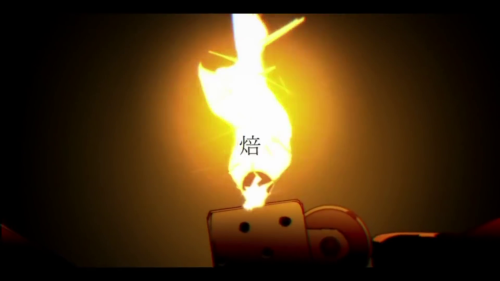
A lighter is then lit and Winnie falls into his hallucinations.
Note that the PV is entirely in black and white and the only colored objects in the video are the purple fruits. The smoke from Winnie’s cigarette is purple. This, along with the use of the lighter might mean that the media Winnie uses for his happiness/drug is his cigarette.
もうやだって 愛さないで
I’ve had enough, don’t love me.
Winnie breaks down and is comforted by (a hallucinatory) Atie. Winnie cannot take the praise that he receives because he feels that it is undeserved.
There’s an interesting Japanese comment on youtube that suggests that the reason Winnie’s fingers are black is a mark of Oz’s death and represents Winnie’s guilt for it. In Disney media such as the game Epic Mickey and the film Who Framed Roger Rabbit, there is a common theme in which cartoon characters can be killed with a chemical liquid. In Epic mickey, it’s thinner, which serves the opposite purpose of paint. In WFRR, it’s “dip”, a toxic created out of turpentine, acetone, and benzene. The fact that Winnie’s fingers have permanent ink on them is similar to him having “blood on his hands that he can’t wash off.”
信仰の様な暮らしから抜け出したい
I want to escape from this life that seems more like a religion
The lyrics containing words such as “religion” and “belief” is a common theme in the song. Winnie compares his “existence/life” to a “religion/belief/cult” due to his image in society.
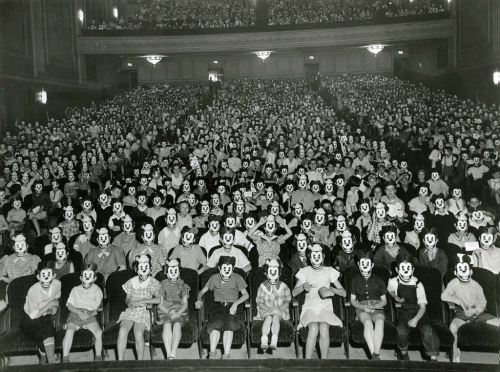
image: A meeting of the Mickey Mouse Club, early 1930s
The scene at the end of the Wozwald PV is a reenactment of the Adam and Eve story, where the shadowy figure (devil) offers Winnie the “forbidden fruit”. Winnie takes the apple and finally bites it to achieve happiness (death). The final lyrics: “Give the new adults your signal” might suggest that the cycle of “fake happiness” would repeat again.
Atie Schrader → Walt Disney
Atie Schrader is the character seemingly based on Walt Disney. He is the founder of Wozwald and also a blind man. Atie is written as “神父” in WOOMA’s character design sheet, which means “Priest/Father”, ironically Atie is also a Father in the more literal sense to Winnie. The hospital bed suggests that Atie died of sickness, possibly cancer, similar to Walt Disney’s cause of death.
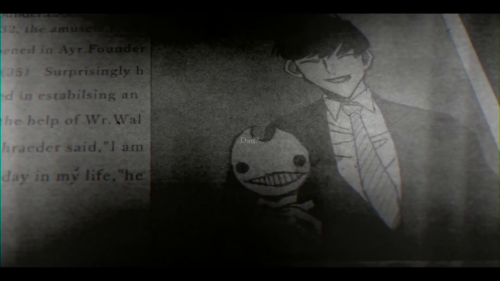
There is an old picture of a smiling Atie and Oz in the newspaper, with a text that is barely visible but you can make it out to say “This is the happiest day of my life.” probably a quote from Atie on the day he opened Wozwald.
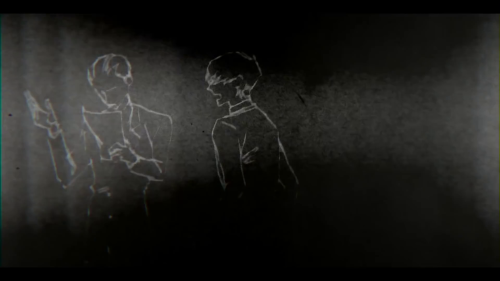
At 3:23 Atie is seen arguing with someone, likely over legal issues over Oz/Wozwald. To me it looks like the events that happened just before Oz is taken away. Hence the “Dad?” and the “Sorry.” texts, since Atie has failed to protect Oz.
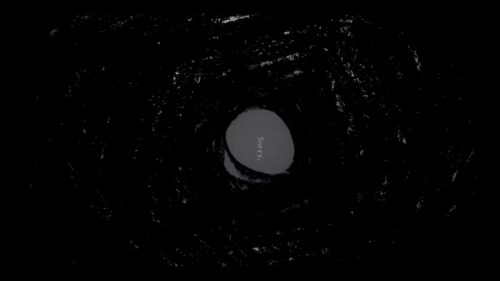
At 4:11 there is a scene where a person (presumably Oz) is decapitated.
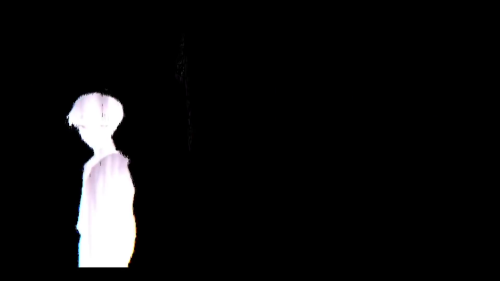
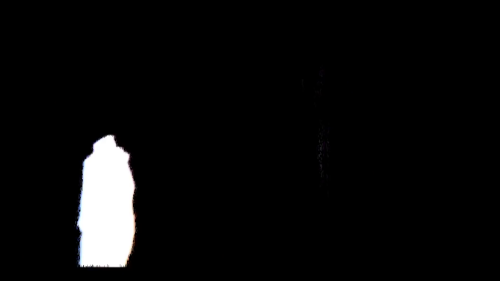
Among the figures Winnie faces in the afterlife, the one in the middle seems to be holding a persons head. This is likely Atie and Oz, who have been waiting for Winnie to come home.
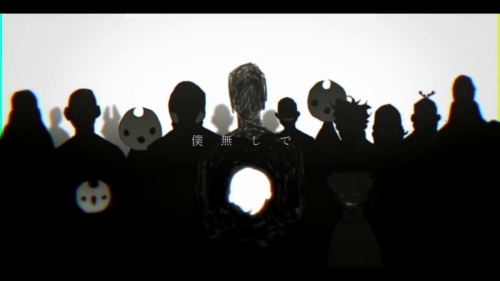
I think in the end the tagline “These are applicable to all humans” is about the awful nature of humans. People are greedy and money hungry (like the people who stole Oz), people are envious and resentful (like the revenge seeking Oz), people are pleasure seeking and selfish (the people at the bar.) Faced with such a society is what makes Winnie think that real happiness is to be found in death, together with his father, whose happiness was also taken away by the same people.
this is very dark
ReplyDeletethis my project too hope teacher give me A
ReplyDelete